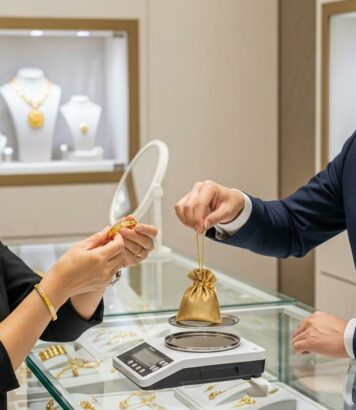Château d’Ussé in the Indre-et-Loire region: a 15th-17th-century jewel and model for Sleeping Beauty.

Between the Loire and Indre rivers, a Touraine chateau awakens a tale. The silhouette of Ussé conjures up images of enchanted sleep and royal awakening.
The origins of a Touraine legend
Local tradition associates Ussé with Charles Perrault. According to the guides, the writer found the setting for Sleeping Beauty here. What’s more, a
Its tufa facade, slate roofs and dungeons create a familiar image. Yet behind the battlements, the building reveals a mingling of eras. The tour highlights the dialogue between fortress and refined residence. In this way, the chateau retains its legendary airs, without losing its stone reality.
Sleeping Beauty in scenography
In the staircase of the towers, each landing illustrates a stage in the tale. We see the spinner, the sleeping princess, then the frozen court. Then, costumes and
“Here, the legend awakens at every landing.”
The rooms are furnished with woodwork, tapestries and portraits. In this way, visitors can place the story in a period atmosphere. In addition, pieces of antique art reinforce the coherence of the narrative. In short, the chateau serves as an open book, page after page.
Outside, terraces slope down to the valley. Tradition attributes their lines to 17th-century architect André Le Nôtre. As a result, the rigor of the flowerbeds matches the fantasy of the story. In this way, the chateau finds a regular setting, conducive to strolling.
- Storytelling trail set up in the towers and attic.
- Key scenes highlighted by carefully crafted sets.
- Terraced gardens and French parterres.
- Furniture, tapestries and antique works of art.
- Suitable for families and history buffs.
Architecture, gardens and legacies
The layout combines medieval bastions with Renaissance additions. However, the whiteness of the tufa stone unifies the whole. Also, the sloping roofs and dormer windows work the verticality. In this staged setting, the chateau seems ready for feasting and guarding.
There are no explicit product references (brands or trade names) in the accessible content. The content focuses on historical facts, settings, period furniture, gardens and themed tours, with no mention of branded objects.
From the terraces, the view sweeps down to the Touraine valley. Then, the embroidery of plants frames the perspectives and guides the eye. What’s more, the avenue of trees provides shade on hot days. This balance of nature and stone gives the chateau a steady breathing space.
Practical information and seasonal tips
Spring highlights the flowerbeds, while autumn gilds the roofs. In this way, low light emphasizes reliefs and sculptures. For a serene visit, aim for the opening or the end of the day. The chateau becomes quieter once the groups have left.
The storytelling route takes in narrow staircases. However, there are rooms on the first floor where you can take a break. So be sure to bring sturdy shoes for the steps. With children, the castle lends itself well to a gentle pace.
Historical background and local sources
Medieval origins can be seen in some of the towers and curtain walls. Subsequent centuries have shaped a residence of representation. According to local sources, the ensemble is
The association with Perrault is a well-established tradition. Yet the site’s strength also lies in its patient scenography. In fact, the information presented here comes from visits, panels and local stories. In this way, the chateau can be read in layers, beyond any legend.
Preserving such an ensemble requires know-how, budget and time. As a result, each season offers a new perspective. Finally, the combination of history, scenery and landscape makes sense. In short, visitors leave with precise images and clear reference points.





No comments
Post a comment
Always participate in accordance with the law and with respect for others.